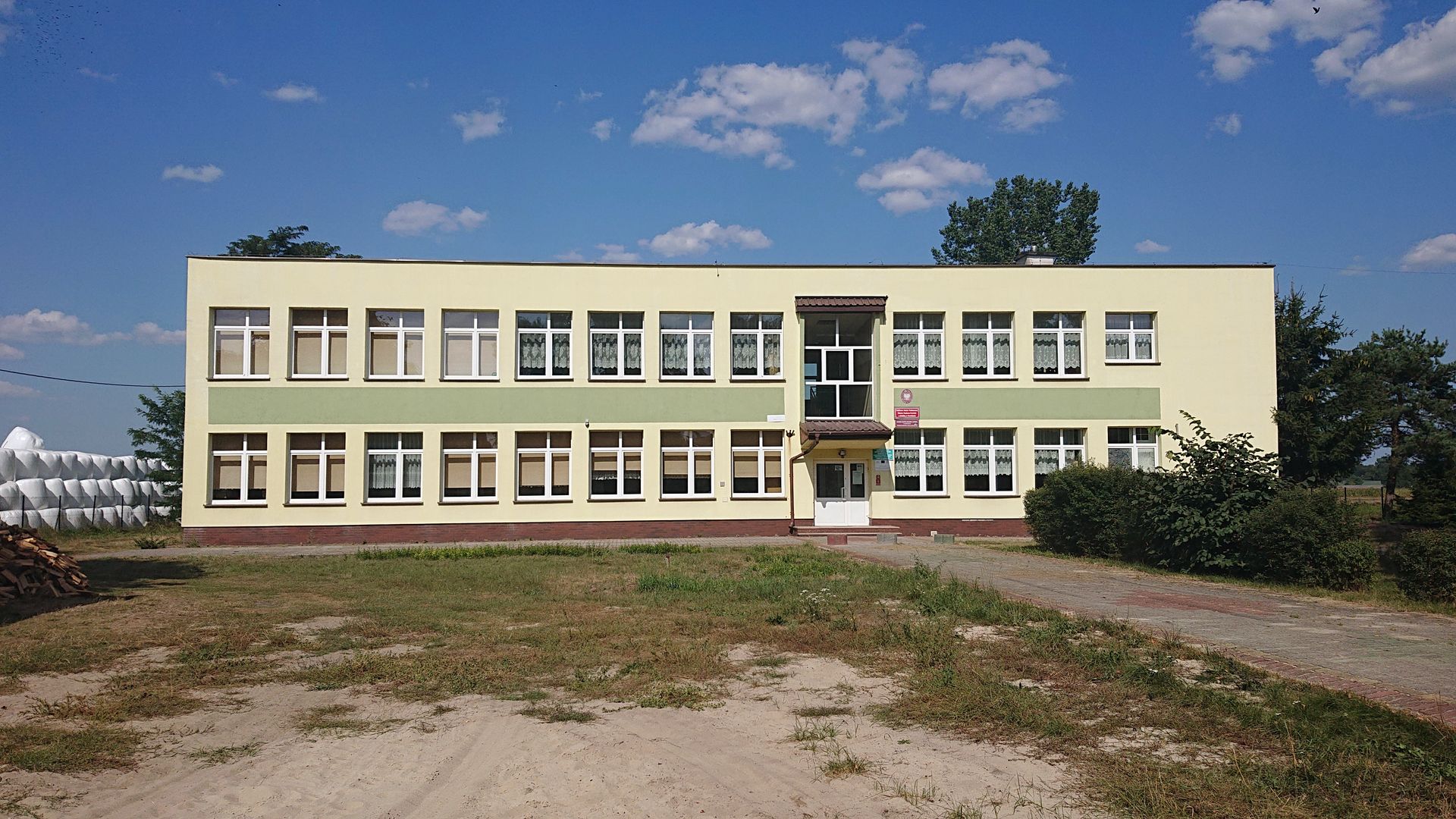Iron Government
6.56

Overview
Żelazna Rządowa is a village located in the Masovian Voivodeship, in Przasnysz County, within the administrative district of Gmina Jednorożec, surrounded by the Green Forest (Puszcza Zielona). Its name refers to the abundant deposits of bog iron ore, while "Rządowa" (Government) indicates its historical status as state-owned land. The history of the village dates back to before the Second Partition of Poland. In the 18th century, the village had 20 houses, and its development continued into the 19th century; by 1815, it recorded 32 houses and 173 inhabitants. The area around Żelazna Rządowa witnessed significant historical events, including a battle during the January Uprising and activities of the Home Army (Armia Krajowa) during World War II, in which the local residents played a crucial role, including cooperation with Soviet intelligence. Being part of various administrative divisions over time has shaped the village's identity; it was both Royal and State-owned. Architecturally, the village has preserved traditional Kurpie wooden houses, listed in the municipal register of monuments, as well as elements of small sacral architecture, including crosses and shrines. Żelazna Rządowa is home to the "Żelaźnianki to Kurpianki" Rural Housewives' Circle, a health center, and a primary school for children in grades 1–3. The village features a monument to a scythe-bearer (kosynier) and a plaque commemorating the Battle of Żelazna Rządowa, underscoring its regional historical significance. The presence of the Parciaki Forest District and the Natura 2000 area "Dolina Omulwi i Płodownicy" adds to the natural value of the region. In the past, residents of Żelazna Rządowa emigrated to the USA and France, and they have also contributed to the development of local communities, cherishing their cultural and historical identity.
Location
2025 Wizytor | All Rights Reserved